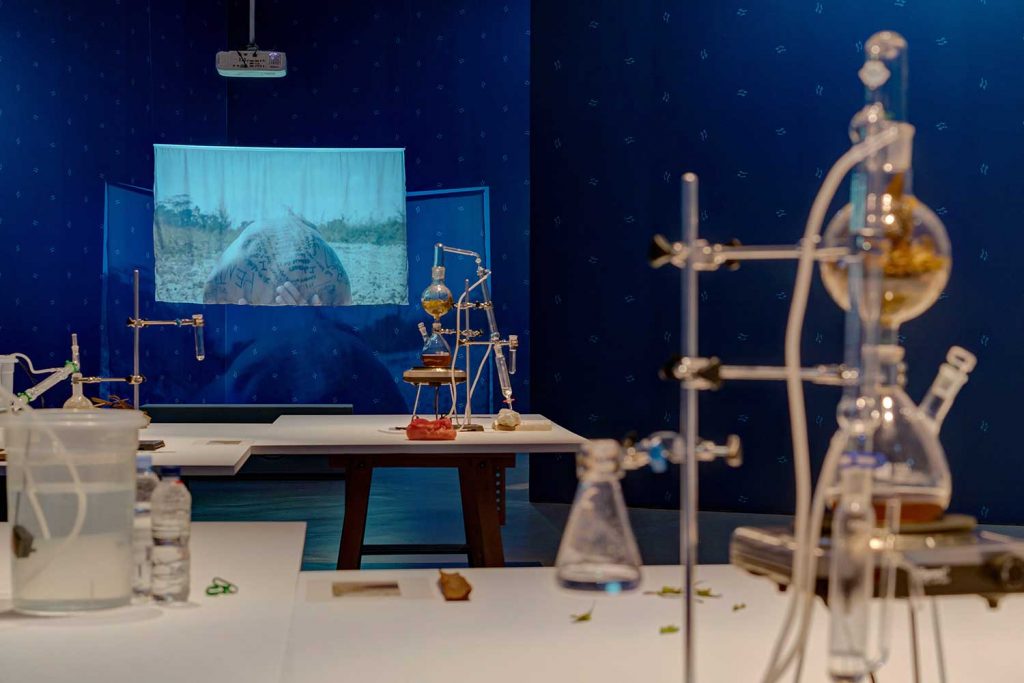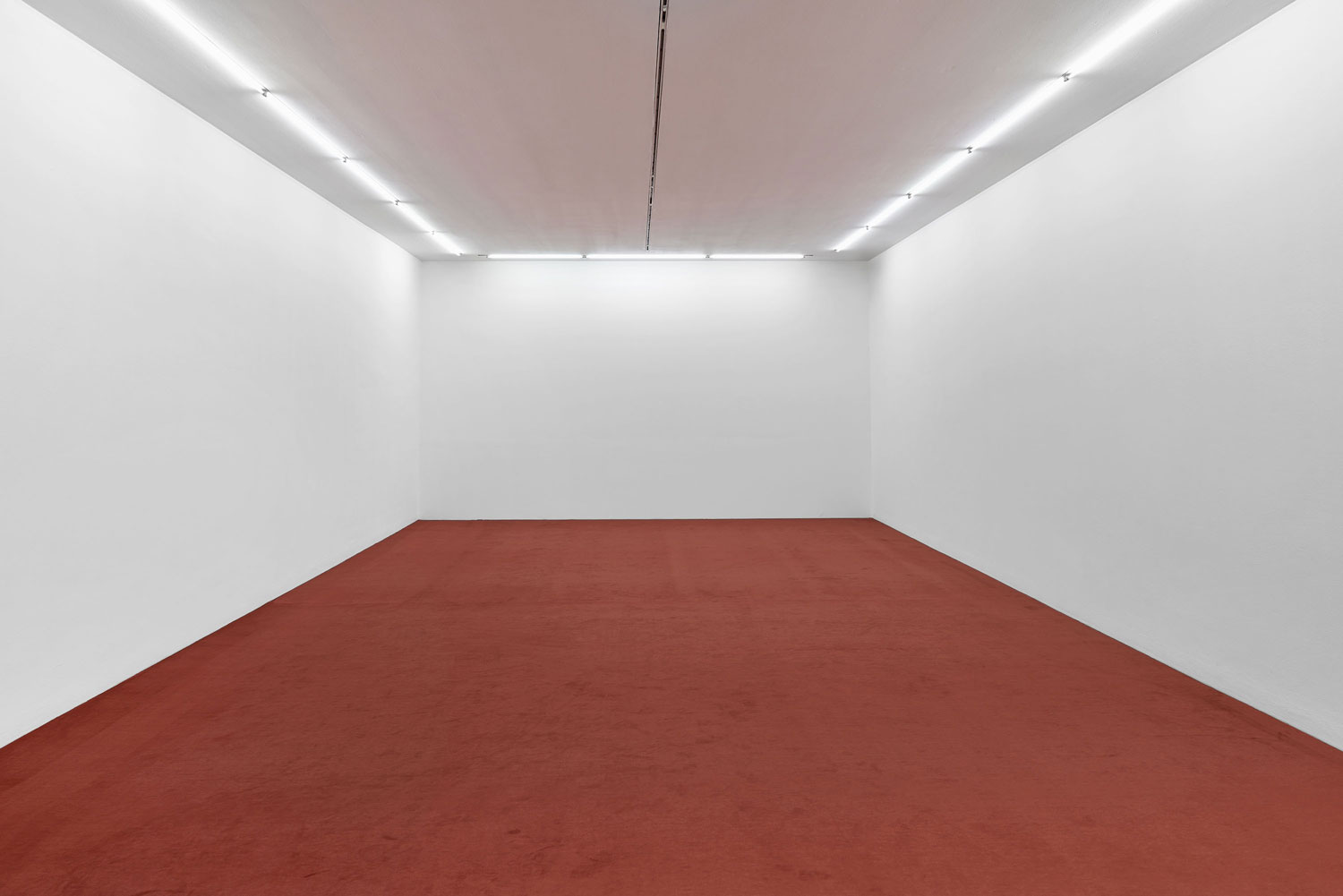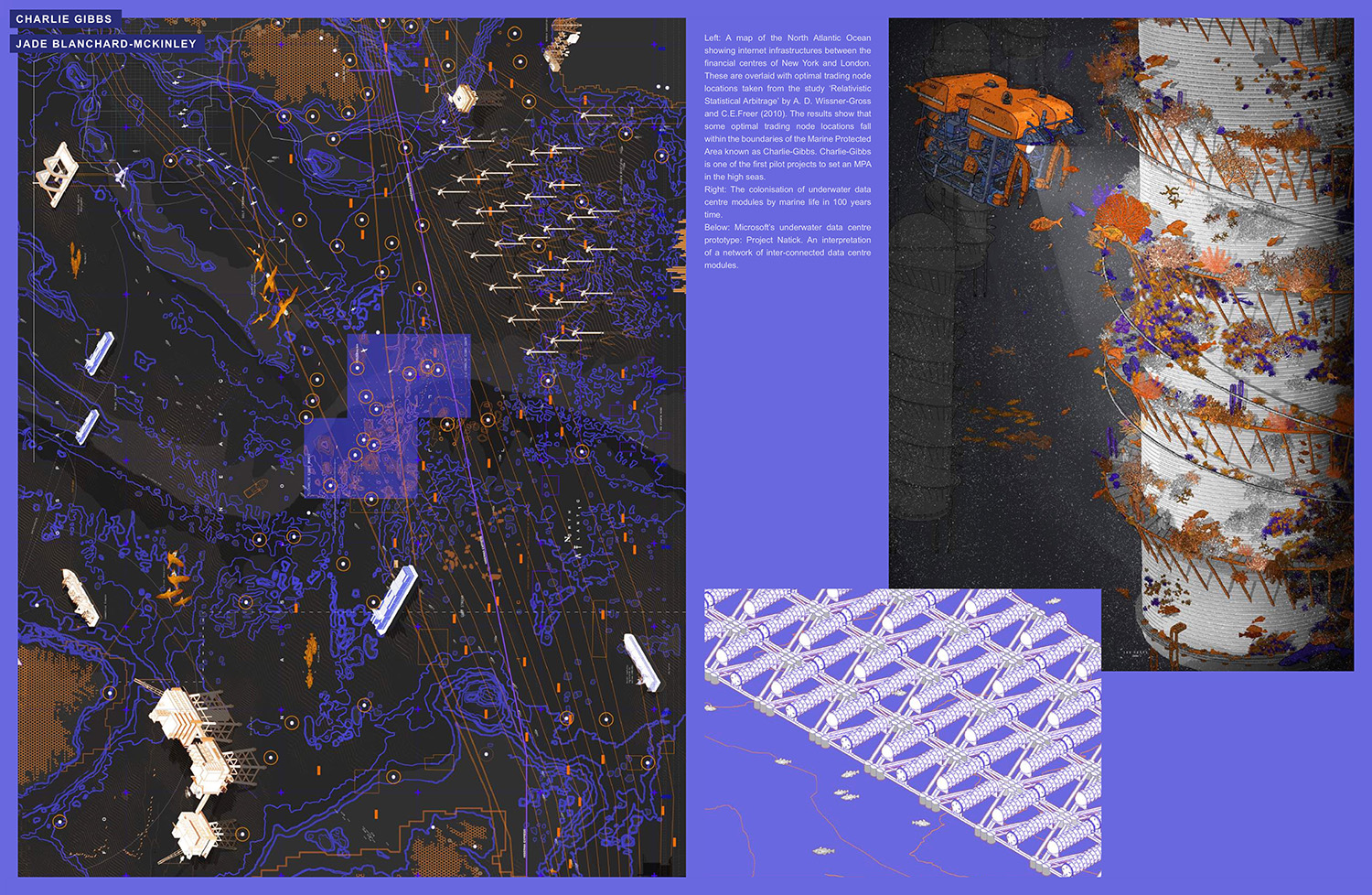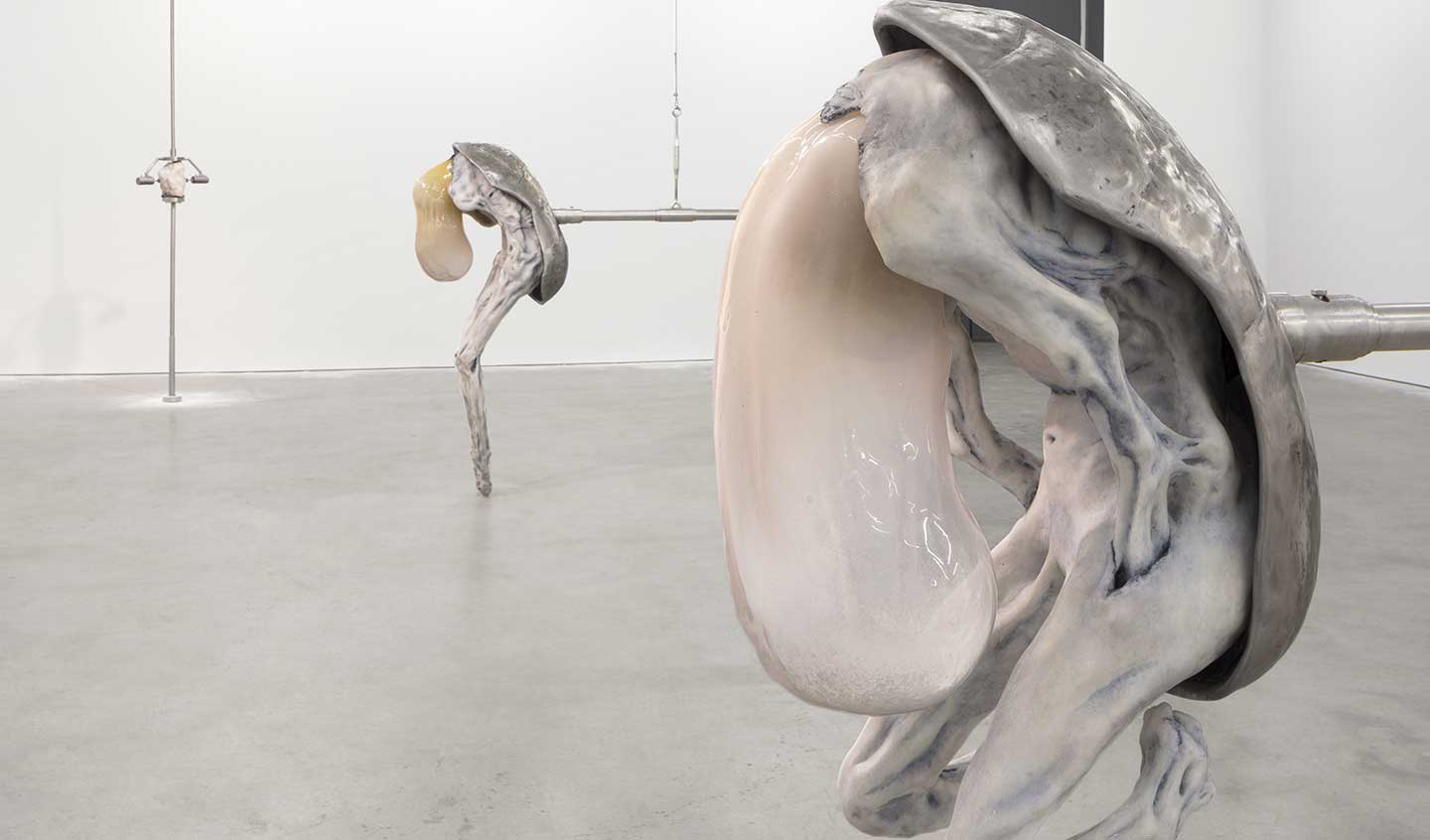“Arus Balik – From Below the Wind to Above the Wind and Back Again” is an exhibition that references an epic historical novel by Indonesian writer Pramoedya Ananta Toer (1925–2006). Hailed as a nationalist hero but imprisoned for fourteen years during the Suharto regime for being a communist sympathizer, Pramoedya narrated stories to his cellmates before publishing Arus Balik in 1995.
In his novel Arus Balik, which means “reversal of current,” Pramoedya attributes the fall of the Majapahit Empire and its eventual Dutch occupation to the local rulers’ rejection of the sea and, along with it, its coastal defense and maritime trade, turning inland instead. His perspective signifies a reversal of traditional views on colonization both Eurocentric and local. Though not all six artists — Ade Darmawan, Melati Suryodarmo, Ila, Shubigi Rao, Zac Langdon-Pole, and Lucy Raven — are from the region, all of their work relates to the turning of tides in histories, politics, and cultures of former colonies. This includes American artist Raven’s Debris Flow Erosion, Wet Cement on Dry Cement and Sand-L (2019), a series of sedimentation imprints on silk, inspired by the forced evacuation of an American military base in the Philippines after the volcanic eruption of Mount Pinatubo in 1991.
In direct response to Pramoedya’s imprisonment and the exploitation of natural resources as described in his novel, Darmawan’s installation Tuban (2019), which includes laboratory distillation equipment, reveals layers of nuanced narratives and smells of local spices. Though challenging to appreciate and reflect upon the entirety of the artist’s intentions, Suryodarmo’s Dancing Under the Black Sky (2019), a four-channel video of topless Reog dancers, enhances its surrounding work, spilling over to other visually “quieter” works, especially Langdon-Pole’s Passport (Argonauta) (viii) (2018), a paper nautilus shell no bigger than the size of a palm, and Ila’s Bekas (2019), a subtle yet powerful ten-minute video questioning the conflation of various ethnicities within the “Malay” race.







